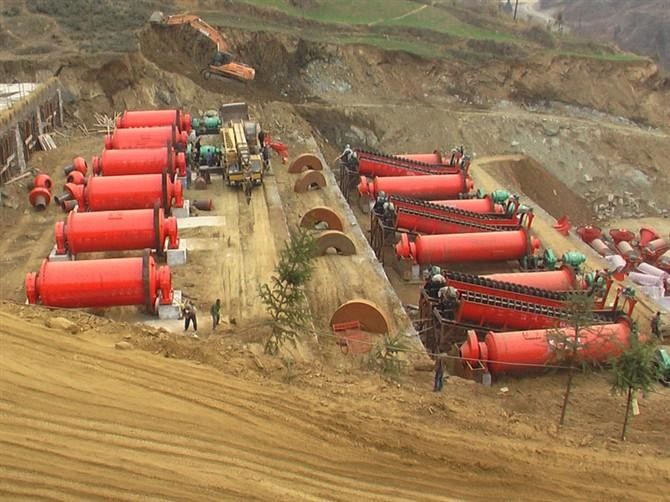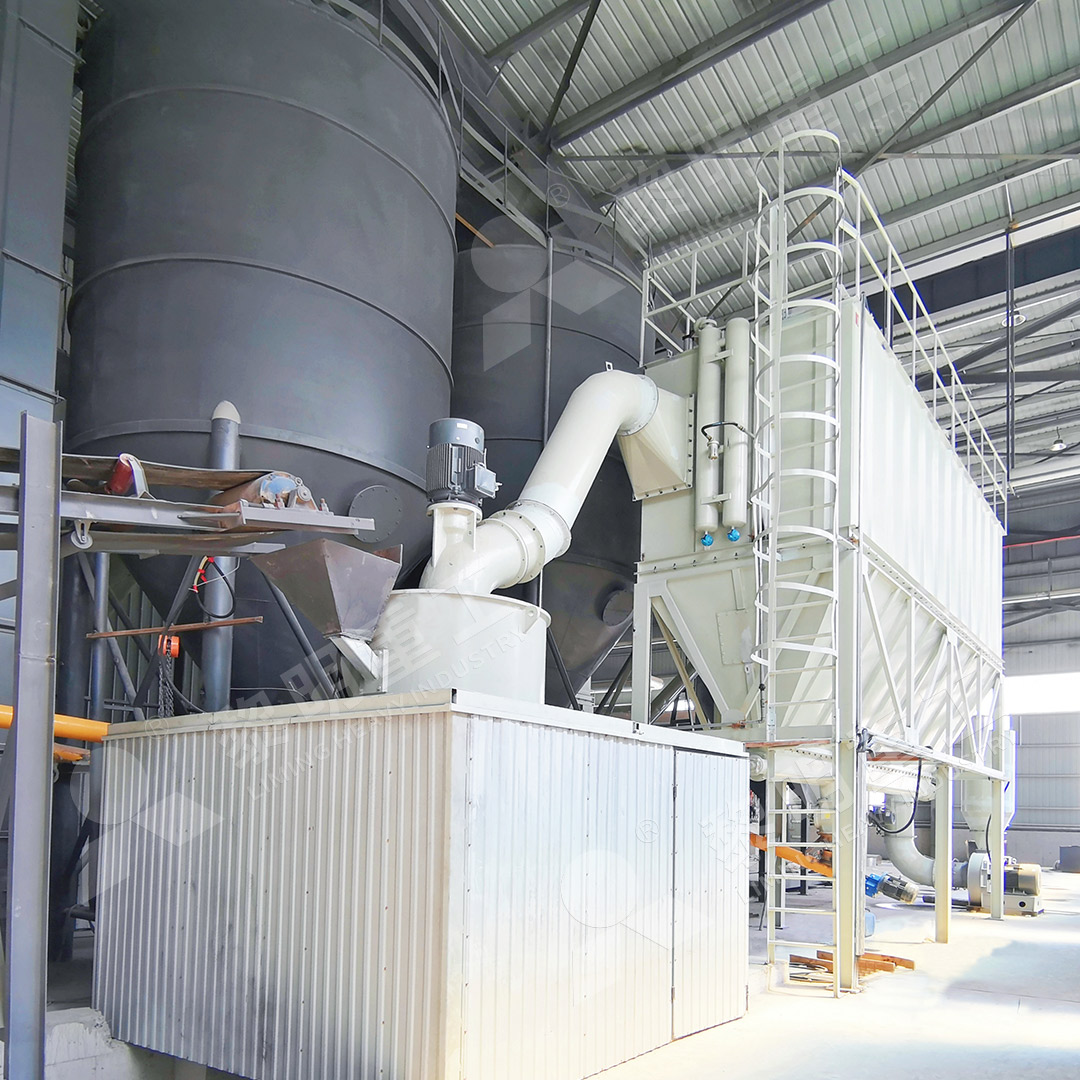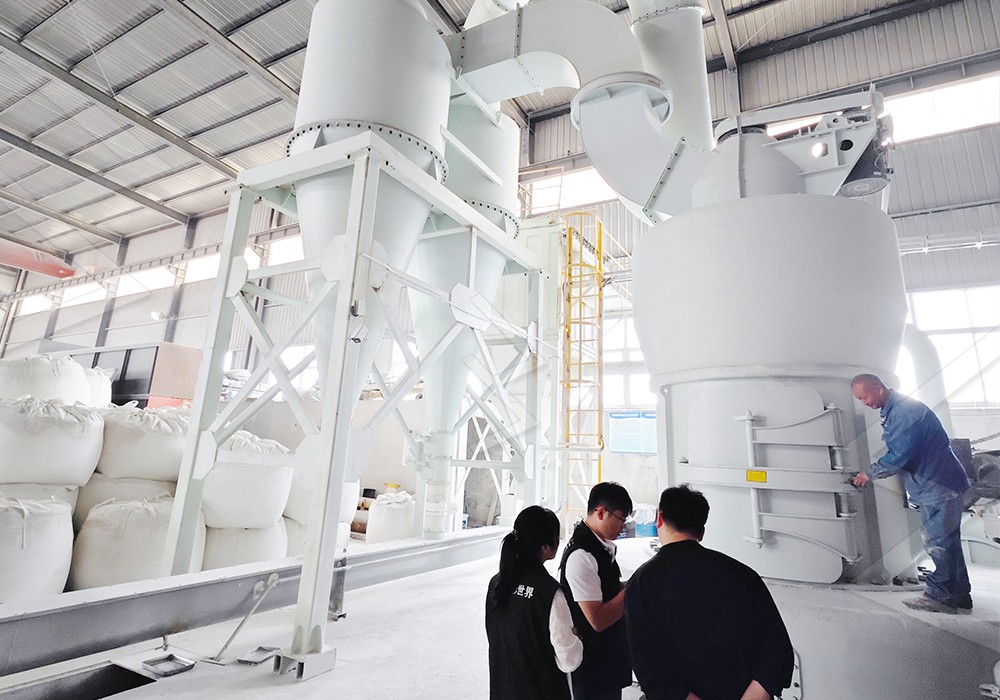How to Increase the Efficiency of a Ball Mill: 10 Practical Tips
We provide a wide range of mills — including Raymond mill, trapezoidal mill, vertical mill, ultrafine mill, and ball mill, obtained ISO9001 international quality certification, EU CE certification, and Customs Union CU-TR certification. Suitable for processing minerals such as limestone, phosphate, quicklime, kaolin, talc, barite, bentonite, calcium carbonate, dolomite, coal, gypsum, clay, carbon black, slag, cement raw materials, cement clinker, and more.
The discharge range of these mills can be adjusted to meet specific processing needs, typically from 80-400 mesh, 600-3250 mesh, and can achieve the finest particle size of up to 6000 mesh(D50).
If you are looking for a reliable grinding solution to turn stone or minerals into fine powder, please feel free to contact our online customer service.
How to Increase the Efficiency of a Ball Mill: 10 Practical Tips
Ball mills are the workhorses of many industrial grinding operations, from cement production to mineral processing. But like any piece of equipment, their efficiency can dwindle over time due to wear, improper operation, or suboptimal setup. An inefficient mill costs you money in wasted energy, subpar product quality, and lost production time. Here are 10 practical, actionable tips to squeeze every ounce of performance out of your ball mill operation.
1. Optimize the Rotation Speed (Critical Speed)
The rotation speed of your mill is paramount. Run it too slow, and the balls just slide; run it too fast, and they’re pinned to the walls by centrifugal force, with no grinding action at all. The sweet spot is usually 65%-80% of the mill’s critical speed (the speed where centrifugal force pins the balls to the shell). Calculate your mill’s critical speed and adjust accordingly for optimal cascading action.
2. Get the Ball Charge and Size Distribution Right
More balls don’t always mean better grinding. An overfilled mill has less room for the material and the balls to move effectively. Aim for a ball charge that makes up 40-50% of the mill’s volume. Also, use a mix of ball sizes. Larger balls break down big particles, while smaller ones are great for fine grinding. A well-graded charge is a productive charge.

3. Control the Feed Rate and Material Size
Don’t just dump material in. A consistently controlled feed rate prevents overloading, which can lead to a clogged mill and wasted energy. Furthermore, ensure your feed material is pre-crushed to an optimal size. Feeding a ball mill with boulders is a recipe for inefficiency. A smaller, consistent feed size allows the balls to work more effectively.
4. Manage the Slurry Density (For Wet Grinding)
If you’re running a wet mill, slurry density (or percent solids by weight) is crucial. Too thick, and it becomes viscous, cushioning the impact of the balls. Too thin, and you lose grinding efficiency as the medium becomes too fluid. The optimal density depends on your material, but it’s often between 60% and 75% solids. Regularly measure and adjust your water-to-solid ratio.
5. Maintain Liner and Ball Condition
Worn liners and balls significantly reduce efficiency. Worn liners change the internal dynamics of the mill, and worn, smaller balls lose their grinding power. Implement a regular inspection and maintenance schedule. Track ball consumption and add the correct size of makeup balls regularly to maintain your charge’s grading.
6. Consider the Mill’s Drive System
An inefficient drive system, like an old or poorly maintained motor and gearbox, can sap power before it even reaches the mill. Ensure your drive system is operating at peak efficiency. Sometimes, upgrading to a modern, high-efficiency motor or optimizing the gear lubrication can yield significant energy savings.
7. Utilize Advanced Control Systems
Don’t rely on manual adjustments. Modern automated control systems can constantly monitor power draw, feed rate, and product density, making micro-adjustments in real-time to keep the mill operating at its absolute peak efficiency. This is a higher investment but often pays for itself in energy and productivity gains.
8. But Sometimes, It’s Time for an Upgrade
Despite all optimizations, ball mills are inherently less efficient for ultra-fine grinding due to their energy-intensive impact mechanism. If you are pushing for finer products (325 mesh and beyond) and higher capacity, it might be time to consider a technology upgrade. Modern grinding solutions offer drastically better energy efficiency and finer control.
For instance, our MW Ultrafine Grinding Mill is a game-changer for producing ultra-fine powder. It’s designed for customers who need precise fineness between 325-2500 meshes. A key advantage is its higher yielding and lower energy consumption – its production capacity is 40% higher than jet mills and twice that of a ball mill for the same fineness, while using only 30% of the energy of a jet mill. It also features no rolling bearings or screws in the grinding chamber, eliminating common failure points and allowing for 24/7 operation.

9. Implement Predictive Maintenance
Move from a reactive to a predictive maintenance model. Use vibration analysis, thermography, and lubricant analysis to detect issues like bearing wear or misalignment long before they cause a catastrophic failure or a drop in efficiency. This prevents unplanned downtime and keeps the mill running optimally.
10. Train Your Operators
Finally, an often-overlooked factor: the human element. Well-trained operators who understand the principles of ball mill operation, can spot early signs of trouble, and know how to respond to process changes are your first and best line of defense against inefficiency. Invest in their knowledge.
By implementing these tips, you can significantly boost your ball mill’s performance. However, for the ultimate step in efficiency, especially for ultra-fine applications, evaluating advanced technology like our MW Ultrafine Grinding Mill could be the key to unlocking new levels of productivity and cost savings.

